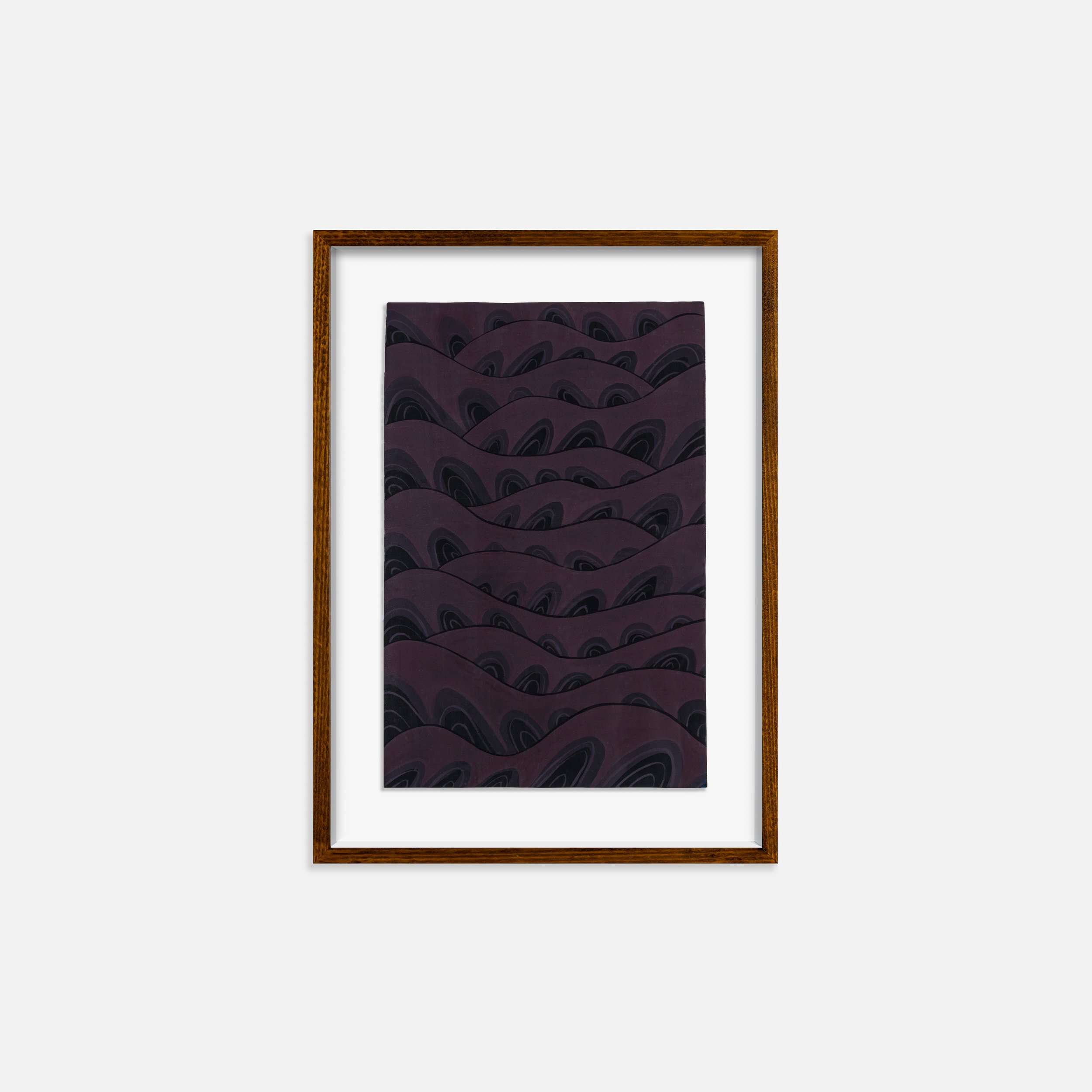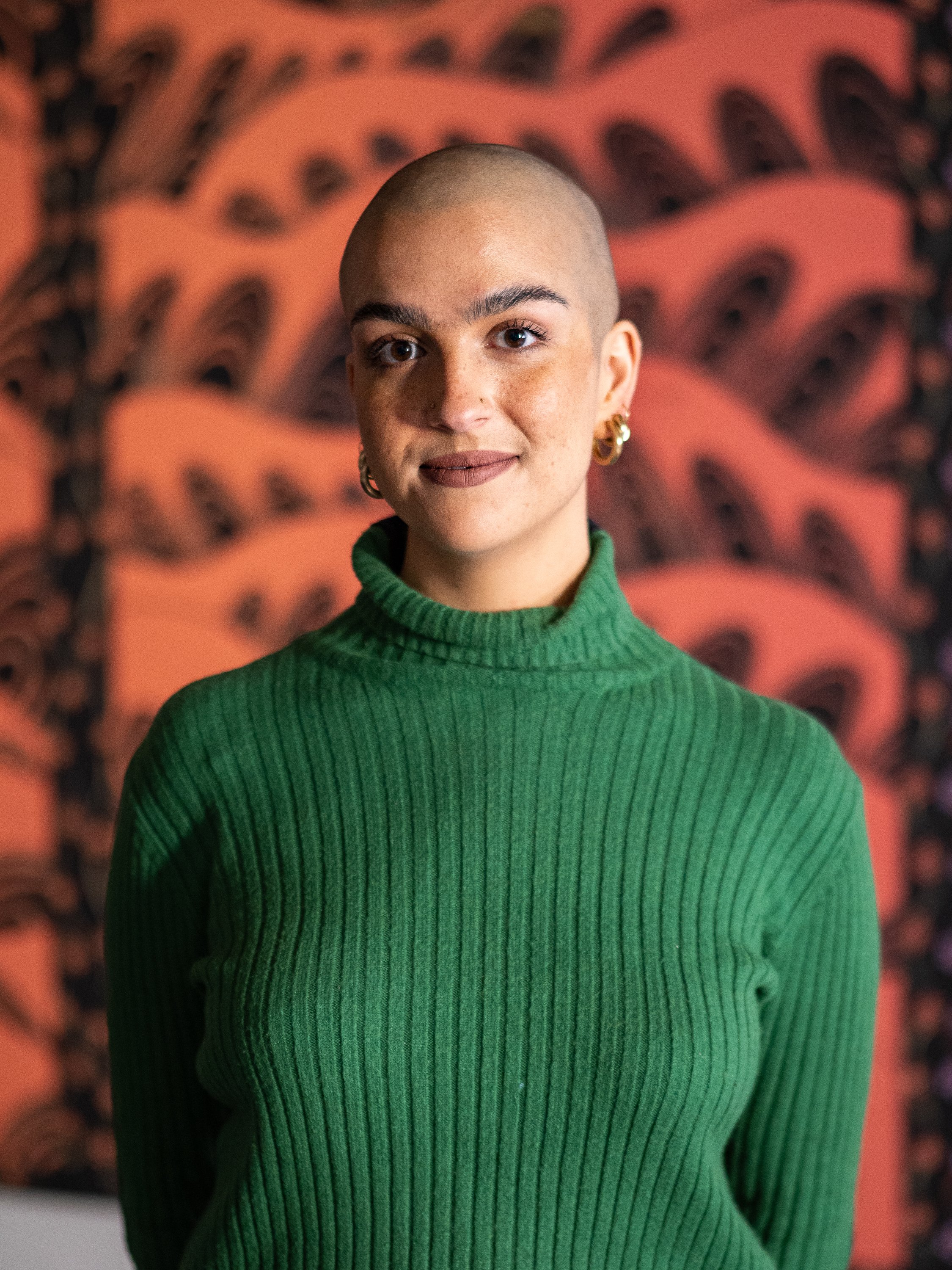LEILI
CHAHAR BAGH
01.07.2022 ~ 17.07.2022
‘Are there gaps in my identity, things lacking due to being neither fully western nor eastern, or does my identity transcend both through a third way of my own creation?’
(S. Rezaei, 2020)
Misplacement, or lack of belonging, is something experienced strongly by diasporic communities. Adrift, we’re perceived as too foreign for so-called Australia, and upon returning home, too westernized for our roots. Chahar Bagh is my attempt at reconciling family tales of the homeland with my childhood in the red light district of Eora, at celebrating elements of my spiritual and religious practice that feel untethered here, and at honoring both the legacy of family who fled Iran, and the rich queer history of Kings Cross itself.
In Persian mythology, gardens exist as liminal spaces, neither in the earthly realm nor in the heavens, but rather a third realm, somewhere in between, a navel or a bridge. The Old Persian word for garden, ‘Paradis’, literally translates to ‘a place where heaven and earth meet’. Chahar Bagh are a particular kind of garden, laid out in quadrilateral form based on the four gardens of Paradise mentioned in the Qur’an, each part divided by flowing water which reflect the heavens and connect the realm of the earth with the celestial.
In Chahar Bagh, I transpose the traditional garden into scenes from childhood, recreating the spiritually charged atmosphere amongst the neon lights and back lanes of the Cross, to invite the viewer to experience and unpack elements of their own identities and - perhaps most importantly - to celebrate the amorphous and untethered experience that it is to exist as both a trans person and part of a diaspora.
– LEILI
Leili Tehrani Walker is a trans Iranian-Australian artist whose work is deeply informed by the intricate layers of cultural identity, dislocation, and the longing experience of diaspora.
Born and raised in Sydney’s Kings Cross to an Iranian mother and Australian father, Tehrani Walker’s practice is shaped by the tensions of navigating two worlds—one that feels too foreign and the other not quite familiar enough. Their work probes the complexities of being not Australian enough while simultaneously feeling too Australian to fully belong in their Iranian homeland.
Tehrani Walker’s debut solo exhibition, Chahar Bagh, draws deeply from personal history, family narratives, and the motifs of childhood. The title references a traditional Persian garden divided by waterways—symbolising a boundary between the earthly and the celestial. In Persian mythology, the Chahar Bagh is a representation of paradise, straddling the spaces between heaven and earth.
In this body of work, Tehrani Walker channels the Saqqakhaneh movement, blending Persian decorative patterns with contemporary techniques. The result is a fusion of ancient tradition and modern sensibility, enriched with vibrant colour and symbolic motifs. The exhibition evokes a utopian, yet enigmatic quality, creating a space that exists neither fully in heaven nor on earth, but rather in an in-between realm—a place where identity can evolve and be fluid.
Through this body of work, Tehrani Walker invites viewers to reflect on the malleable nature of identity, constantly reshaped by both personal and collective histories. Chahar Bagh becomes a poetic meditation on the complex, evolving narratives of selfhood, belonging, and the spaces that exist in between cultures.
– VERITY LEES
AN INTANGIBLE PLACE CALLED HOME
Leili’s first solo show is as much an exercise in solidifying identity as it is uncovering the elusive rewards of being neither here nor there. Born to an Iranian mother and Australian father, their experience of belonging is spread between the lascivious club-lined streets of Sydney’s red-light district and their ancestral homeland of Iran. The stark dichotomy—of neon arabesques—goes beyond geography; it is embodied, absorbed corporeally, psychologically, existentially. Each painting, then, is a bricolage of ephemera, people, stories, and talismans, recalled from a life lived between place and between self. The collection is composed to offer a different vision—of diffuse realities converged—of what it is to have this cultural heritage.
For Leili, thinking about what it means to belong, of finding a place where identity is reified and recognised by the people around them has always required engaging in abstractions. Being Persian-Australian and trans they radiate a level of ambiguity that eludes the homogenising function of binaries—too brown for Australia, too Western for Iran. Although their university degree in mathematics and philosophy has helped cultivate ideas on what it means to manipulate and play with objects in extended dimensions, the institutionalised pursuit of knowledge pushed them towards art.
- FAREED KAVIANI

































